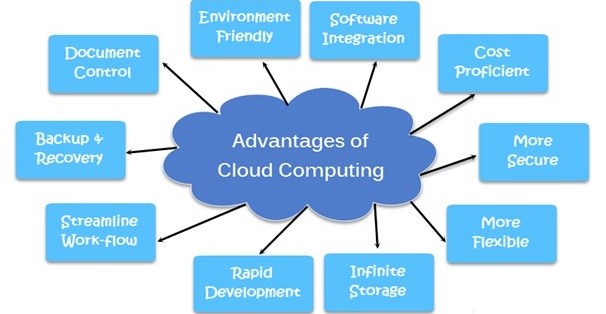With a majority of companies speeding their migration to cloud, often they find it challenging to bridge the gap between physical and cloud infrastructure. IT and the lines of business have their respective applications which they categorize as critical. Because of this difference, IT is usually burdened with requests. To tackle the demand, IT employs more resources which result in over-provisioning of cloud infrastructure and runaway costs.
With more and more workloads being moved to cloud infrastructure, it has become imperative for the IT management to take a new approach towards delivery, applications and end-user access. It is high time that IT stops perceiving themselves as an attachment to physical infrastructure. They are more of an internal customer having access to flexible and on-demand resources to support digital business projects. As simple as this may sound, the migration of the physical infrastructure to the cloud is overwhelming for many.
Let us look at some of the best ways in which the migrating process can be carried out successfully. Drawing from past experiences, it is considered best to begin cloud migration by using the cloud for new workloads. By using the cloud for new and less critical workloads, the operations team gets time to acquaint themselves with cloud management and understand performance metrics. In addition, this exercise makes the operations team confident by estimating costs. This is an apt situation for being “slow and steady.” By moving workloads at a slower pace helps the teams to acclimatise to the new way of working and enables the IT to understand the environment before migrating major workloads. People generally wonder as to which type of applications organizations should move to the cloud. This is purely an organizational call but it is advisable to take an inventory of your data and applications and make an informed decision to prioritise the applications for cloud hosting. Companies should do the assessment and categorize according to business criticality. This can be done by accounting how much of the environment is virtual and how much is physical; thus, identifying the critical elements like special networking requirements or physical systems. Organizations are usually unaware of what assets they have and use due to the complexity of the IT infrastructure. Thus, understanding what you have before considering what to move is of utmost importance.
The image shown below states the benefits of moving to cloud –

The general notion is that migrating virtual and less mission-critical applications first is the fastest way to initial success. Although, if you understand the full range of applications and you wish to migrate, it proves helpful in selecting the best provider to address your needs. It is also advisable to start off by using cloud-based disaster recovery services in order to become comfortable with cloud operations – particularly if your cloud service provider enables self-service Disaster Recovery management and testing.
Besides this, there are certain things which an organization should keep in mind while moving workloads to the cloud. This migration can result in losing visibility into performance metrics, long-term history and even cost visibility. This makes managing the cloud workloads somewhat difficult and also creates scepticism around billing, costs and performance. Though migrating to cloud infrastructure is considered to have low set up cost, the continuous management is also very critical to your cloud decision. You should work with your cloud provider to maintain transparency and visibility of these systems to keep the business cost and IT budgets in line.
To sum it up, cloud-based applications have its advantages such as the ability to scale IT resources when required, the fast launching of new applications, the higher level of performance and provided, you have a disaster recovery program, and it also keeps the business afloat during distress scenarios. The cloud stably provides an on-demand infrastructure which allows the IT employees to focus on strategic initiatives which can bring digital transformation across the organization.
At Cognixia, we have specially designed pieces of training on Cloud and AWS. These pieces of training are designed in a manner that educates you on the smallest of the details of Cloud computing and its architecture. For further information, you can write to us

